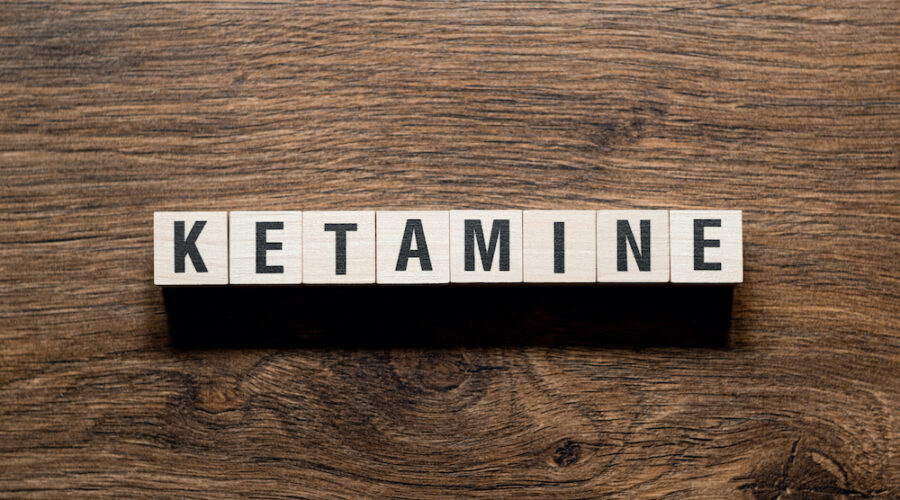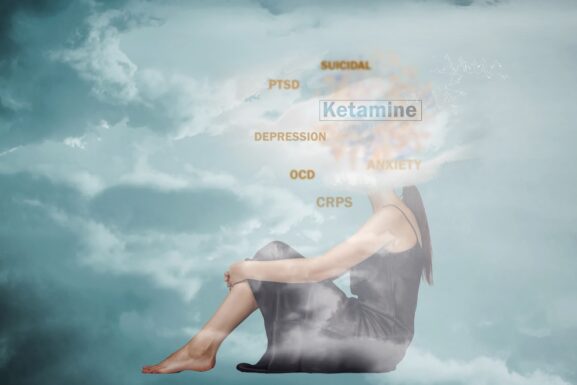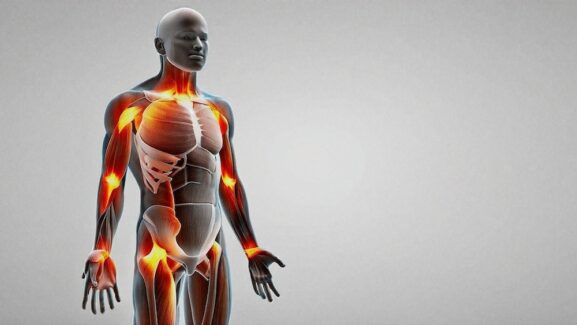Study: Intranasal Esketamine Is Just As Effective As IV Ketamine for Treating Depression
Study Overview
The comparison between intranasal esketamine (Spravato, which was approved to treat depression by the FDA) and IV ketamine is based on a multicenter prospective observational study that included participants with TRD. Criteria for participant selection were stringent, ensuring that only those who met the definition of TRD were included in the study.
New: Interested in Being Part of a Psychedelics-Focused Clinical Trial? Sign Up Here
Intranasal Esketamine
Intranasal esketamine has shown significant efficacy in reducing depressive symptoms. The onset of action is relatively quick, with many patients experiencing relief within hours of administration. The duration of effects can vary, but maintenance treatments are often required to sustain benefits.
RELATED: A New Study on Ketamine’s Impact on Zebrafish Could Help Treat Depression
Read more on this study at Psychiatry Advisor.
IV Ketamine
IV ketamine has also demonstrated robust efficacy in managing depressive symptoms. Similar to esketamine, the onset of action is rapid, often within hours. The duration of effects can be prolonged with repeated administrations, making it a viable option for long-term management of TRD.
Looking for treatment? Find ketamine clinics closest to you as well as other psychedelic therapies in your area.
Comparative Analysis
When comparing the two treatments, statistical analysis indicates that both intranasal esketamine and IV ketamine are effective in reducing depressive symptoms. However, the clinical significance of these findings suggests that individual patient responses may vary, highlighting the need for personalized treatment approaches.
Interested in MDMA Treatment? The FDA is close to approving MDMA Therapy. Get on the waiting list now!
A cohort of 53 adult outpatients grappling with moderate to severe treatment-resistant depression (TRD) underwent treatment, with 27 individuals receiving intranasal esketamine and 26 receiving IV ketamine. The average age of participants was 48.4 years (SD, 13.9), with women comprising 60.54% of the group. Treatment for both groups involved twice-weekly sessions spanning 4 weeks. IV ketamine (0.5 mg/kg) was infused over 40 minutes, while intranasal esketamine was administered via two nasal sprays per nostril (totaling 56 mg) for the initial treatment and increased to three sprays per nostril (84 mg) for subsequent sessions. Throughout the study duration, two participants discontinued treatment.
Impact on Suicidal Ideation
Reduction in Suicidal Ideation
One of the critical areas of interest in the study was the impact of these treatments on suicidal ideation. IV ketamine has shown a superior reduction in suicidal thoughts compared to intranasal esketamine, making it a potentially life-saving option for patients at high risk.
Mechanisms
The mechanisms behind the superior reduction in suicidal ideation with IV ketamine are not fully understood. However, it is believed that neurobiological factors and patient demographics may play a role. Further research is needed to elucidate these mechanisms and optimize treatment protocols.
Tolerability Profiles
Side Effects of Intranasal Esketamine
Common adverse effects of intranasal esketamine include dizziness, nausea, and dissociation. While these side effects are generally manageable, rare but serious side effects such as increased blood pressure and cognitive impairment have been reported.
Side Effects of IV Ketamine
IV ketamine also has a range of side effects, including dizziness, nausea, and dissociation. However, it may also cause more severe side effects such as increased heart rate and blood pressure. Close monitoring is essential to manage these risks effectively.
Comparative Tolerability
When comparing the tolerability of both treatments, the frequency and severity of side effects are generally similar. Patient-reported outcomes indicate that tolerability may vary based on individual factors, emphasizing the importance of personalized care.
Practical Considerations for Clinicians
Administration Logistics
Intranasal esketamine is relatively easy to administer and requires less intensive monitoring compared to IV ketamine. However, it still necessitates in-clinic administration to ensure patient safety. IV ketamine, on the other hand, requires more stringent monitoring protocols due to its administration method and potential side effects.
Patient Suitability
Determining the most appropriate treatment for individual patients involves considering various factors such as age, comorbid conditions, and previous treatment responses. Special populations, including the elderly and those with comorbid conditions, may require tailored approaches to optimize outcomes.
Summary of Key Findings
In summary, both intranasal esketamine and IV ketamine are effective in treating TRD, with rapid onset of action and significant reductions in depressive symptoms. IV ketamine has shown a superior impact on reducing suicidal ideation, making it a critical option for high-risk patients.
Implications for Future Research
Further research is needed to explore the long-term efficacy and safety of these treatments, as well as to better understand the mechanisms underlying their effects. This will help refine treatment protocols and improve patient management strategies.
Final Thoughts
The importance of personalized treatment approaches in TRD cannot be overstated. Clinicians should consider both intranasal esketamine and IV ketamine as viable options, tailoring treatments to individual patient needs to achieve the best possible outcomes.



